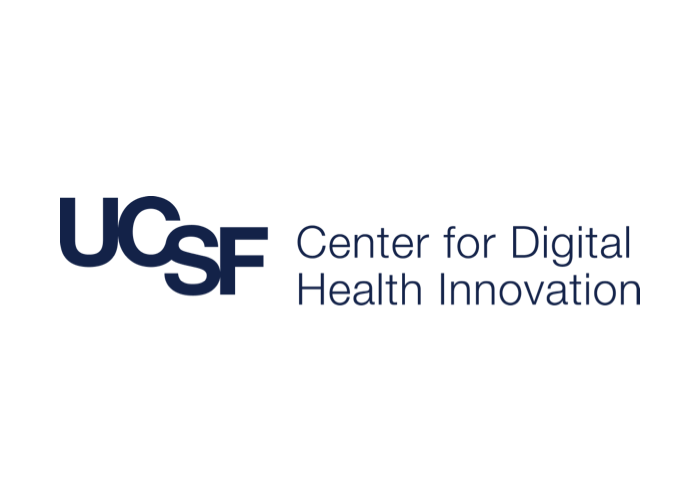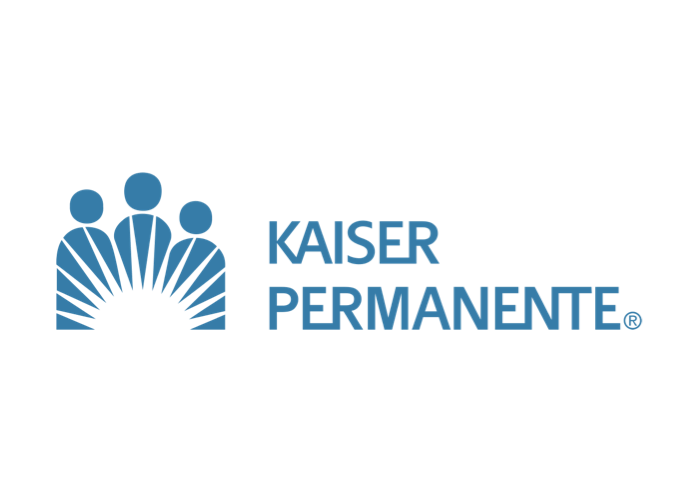FINANCIAL SERVICES
CBA Backs No-Code Platform to Broaden AI Use


Automatically generate a model that is best suited to the analytics task at hand
Empowers non-data scientists to have access to tooling that would have been beyond their skill
CBA is treating its investment in no-code machine learning platform maker H2O.ai as a turning point that will enable anyone in the group to stand up an “incredibly predictive model literally at the touch of a button”.
In this week’s episode of the iTnews Podcast, CBA’s Chief Decision Scientist, Dan Jermyn, discusses the bank’s AI “democratisation” efforts and mindset, as well as some of the key customer-facing wins that his specific area - decision science - has had to date.
Democratisation is one of the key drivers behind CBA’s backing of H2O.ai.
The bank is placing a considerable, though measured bet on H2O.ai’s technology: becoming its “exclusive financial services partner in Australia and New Zealand”, and making the vendor’s 'AI Cloud' available across the organisation
H2O.ai’s tooling falls under a broader initiative that sees CBA standing up a “centralised AI capability that is for everybody.”
We're an AI-first company these days, and in order to do that, we have to enable many, many more of our employees to be able to have access to great intelligence and insight to be able to serve customers better
Dan Jermyn, CBA's Chief Decision Scientist
Jermyn likens H2O.ai to an “AI for AI”.
“If you think about how data science traditionally happens in most places right now, you take a problem area, you get the data surrounding that problem area, and you take a data scientist, and they try to create predictive models,” he said.
“The data scientist cleans the data, thinks about different types of techniques, codes the model themselves, gets an outcome, and then trains the model [further]. They then tune hyperparameters [variables used in algorithmic training], and they may go back and try another technique.
“That process involves a real expert, but it can take many weeks, even months sometimes to keep continually refining.
"What H2O.ai does is automate that process, so it will look through every possible combination of the latest and greatest techniques in modelling and data science, plough through all of them automatically, tune features on-the-fly, and combine multiple different models to get the right outcome.
“And what you find there is that you can get an incredibly predictive model literally at the touch of a button - you provide the data, you flag what outcome you want to try to predict, and then the H2O.ai technology will automatically churn out an incredibly predictive data model so that we can use that then to be relevant to our customers.”
With an organisation of CBA’s size, the ability to automatically generate a model that is best suited to the analytics task at hand is a powerful concept in and of itself.
It also affords CBA an opportunity to rapidly scale - up and out - the potential benefits of data science, since there is a much lower barrier to entry, and not every use case requires a data science specialist.
“H2O.ai was such an attractive partner for us because it democratises and lowers the barrier to entry for analysts or modellers who don't necessarily have a background in data science to produce more meaningful insights for themselves and their business partners than might otherwise be the case,” Jermyn said.
“In the context of … the size of the CBA organisation, you can see how this allows us to produce much better business and customer outcomes by empowering people to have access to tooling that previously would have been beyond their skill or capability.
Every time we use our best people [on] our most difficult and challenging areas to produce better outcomes, we get great results. Now we're able to do that at a scale that vastly outstrips what we've been able to do in the past.
“This opens up new opportunities for things we've never done before, and that's a really exciting thing for our customers.
Dan Jermyn, CBA's Chief Decision Scientist
While this could lead to a proliferation of models, one of the attractions of the H2O.ai platform is that it can be configured with guardrails that “govern and control the application of this technology”, and the full end-to-end process of how a model was created can be fully audited.
“It comes with enterprise standard controls around explainability, so how can we understand how the models are producing the outcomes that they do?; bias detection, so how can we make sure that we're not having disparity in the way that we serve different subsets of customers?; and really robust controls for anything that gets put into production so we know what went live, when and under what circumstances,” he said.
“We can audit it, and that way, we can ensure we have a really robust framework for the way we serve customers, ensuring that it is consistent with our purpose of building a brighter future for all.”
Jermyn adds that this isn’t materially different to the scrutiny that is already applied to the bank’s modelling.
“Any of the models that we use within the business are now subject to our Group model policy,” Jermyn said.
“The bank has been running on models for decades - all banks have - and so we already have a very robust framework in place that manages the documentation of models: Where do they sit? Where do they go live? What data features do they use? How often are they audited and checked, and so forth.
“There's an incredibly robust framework already there. Our AI models are no different: they go through the exact same robust governance, and we also check for some of the interesting new things that happen with AI around explainability and disparity.”
Adding H2O.ai should simplify this process, however, by automatically documenting the model’s compliance, making the models easier to audit from the outset.
Top talent access
The partnership with H2O.ai also buys CBA access to elite data science talent, in the form of Kaggle grandmasters: top-ranked people on the Google-owned online community and competition platform for data scientists.
H2O.ai makes a point in its marketing that “the world’s top 20 Kaggle grandmasters (the community of best-in-the-world machine learning practitioners and data scientists) are makers” at the company.
Access to those people was a drawcard for CBA; the bank said at the end of last year it wanted these “machine learning engineers and product specialists to work full-time on developing new AI solutions”.
Suddenly, we have access to literally the very best data scientists in the entire world working on problems for CBA and for our customers.
That’s an incredibly exciting thing for us to be a part of.
Dan Jermyn, CBA's Chief Decision Scientist
Access to H2O.ai’s resources will augment CBA’s own considerable data and analytics teams and capabilities.
Currently, CBA has “a few thousand” people in its data and analytics function, which encompasses “a few hundred” people within Jermyn’s own subset domain of decision science.
The decision science team comprises data scientists, AI professionals, experimental scientists and behavioural scientists, among other roles.
“The idea behind decision science was to bring together a mix of people with a broad range of experience and ideas … to get to a better outcome than would otherwise be the case,” Jermyn said.
Decision science has already produced several flagship customer-facing services, including the customer engagement engine (CEE) that predicts the next-best conversation for bankers to have with a customer, and the benefits finder, which directs banking customers to claim refunds or discounts they are entitled to but may be otherwise unaware of.
This article was originally written by Ry Crozier on itnews.com.au. You can listen to the podcast here.
More Customer Stories








